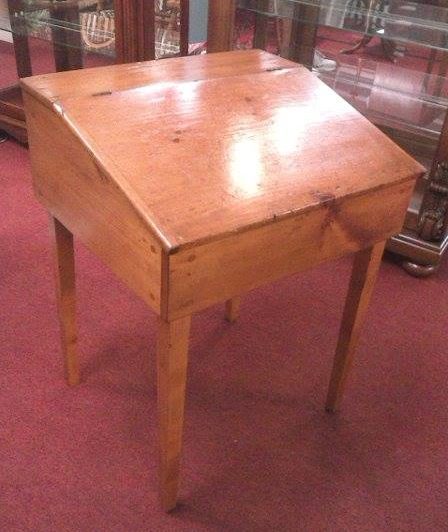
Antique furniture has become increasingly popular, especially primitive furniture. Primitive furniture is furniture made before industrialization and is known for its simplicity and rustic appearance. It is a style that dates back many centuries to when furniture was handmade and tools were basic.
In this blog post, we will take a closer look at antique primitive furniture, exploring its history, characteristics, and value.
History of Primitive Furniture
Primitive furniture is a style that was used by our ancestors as far back as the medieval period. In those days, the majority of people were peasants living in rural areas. They had a basic lifestyle and their furniture reflected this.
Primitive furniture was made by hand using local materials such as wood, rush, and straw. The furniture was simple in design and functioned to meet basic needs such as seating, storage, and sleeping. The ornamentation was minimal, and the focus was on the practicality and durability of the furniture.
As time went on, primitive furniture continued to be used and evolved. By the 19th century, primitive furniture was becoming more ornate, with decorative elements such as carved details and paintwork.
Characteristics of Primitive Furniture
The characteristics of primitive furniture are simple and functional. They are not designed to be decorative or ornate, and instead, focus on functionality and durability. Here are some of the key characteristics of primitive furniture:
1. Simple design: Primitive furniture is made up of simple lines and shapes, designed to meet basic needs. Tables, for example, are usually square or rectangular, with straight legs.
2. Natural materials: Primitive furniture is made of natural materials such as wood, rush, and straw. These materials are readily available and easy to work with.
3. Minimal ornamentation: The furniture is not ornate, with minimal carving or decoration. Any decoration is usually limited to the functional elements of the furniture, such as the handles on a chest.
4. Functionality: The furniture is designed to be functional and durable, meeting the basic needs of the household.
5. Handmade: Primitive furniture is handmade, with each piece unique. The furniture is made using basic hand tools, such as saws and chisels.
Value of Primitive Furniture
Primitive furniture has become increasingly popular in recent years, with collectors and enthusiasts alike seeking out unique pieces. There are several reasons why primitive furniture is so valuable:
1. Rarity: Primitive furniture is rare, with many pieces lost to time. This scarcity makes the furniture more valuable to collectors.
2. Quality: Primitive furniture was made by hand using traditional methods and natural materials. This craftsmanship and quality make the furniture highly desirable.
3. History: Primitive furniture has a rich history, with each piece telling a story about the people who made and used it.
4. Aesthetic appeal: Primitive furniture has a unique and rustic aesthetic that appeals to many people. It is a style that can be used in a variety of interiors, from farmhouse to modern.
Examples of Primitive Furniture
There are many examples of primitive furniture, each with its own unique history and story. Here are a few examples of primitive furniture:
1. Shaker furniture: Shaker furniture is a type of primitive furniture made by the Shaker community. The furniture is known for its simplicity and functionality, with clean lines and minimal decoration. Shaker furniture is highly sought after by collectors.
2. Windsor chairs: Windsor chairs are a type of primitive chair made from wood and rush. They are known for their simple design and comfort, with a curved back and rounded seat. Windsor chairs are highly collectible and can fetch high prices at auction.
3. Pine chests: Pine chests are a type of primitive furniture used for storage. They are made from rough pine boards and have a simple design with minimal decoration. Pine chests were used in households throughout history for storing clothes and other household items.
Conclusion
Antique primitive furniture is a style that has stood the test of time. It is a style that is simple, functional, and durable, with a unique rustic aesthetic. Primitive furniture has become increasingly popular in recent years, with collectors and enthusiasts seeking out unique pieces.
The value of primitive furniture lies in its rarity, quality, history, and aesthetic appeal. Each piece tells a story about the people who made and used it, adding to its unique charm.
Whether you are a collector or simply appreciate the beauty of antique furniture, primitive furniture is a style worth exploring. Its rich history and unique aesthetic make it a valuable addition to any home.
